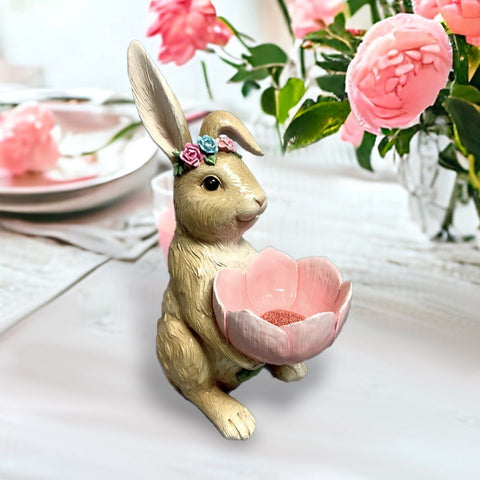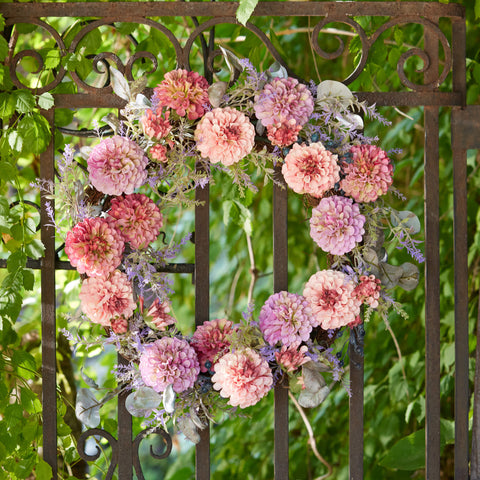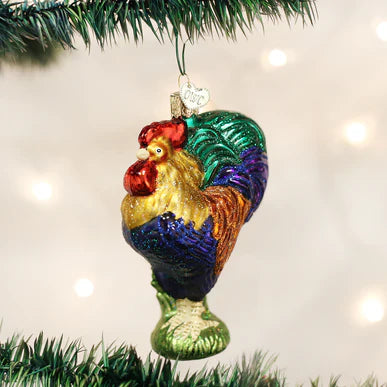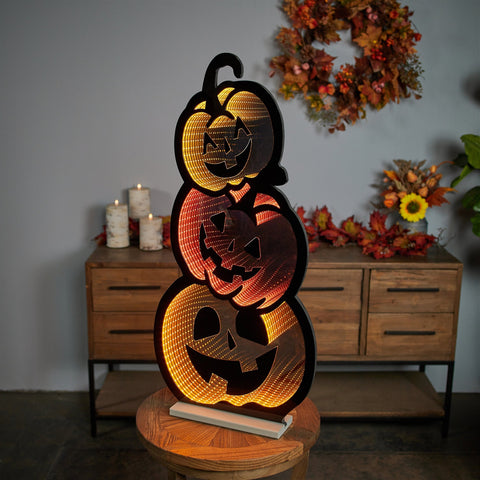The arrival of spring, the blooming of flowers, and the celebration of life all harmonize with the spirit of Easter, one of the most important holidays in Christianity, which commemorates the miraculous resurrection of Jesus Christ, bringing with it a sense of renewal, hope, and profound joy.
The celebration of Easter is accompanied by many significant symbols. Elements from nature, shapes that recall historical events, and creative characters are all part of what makes Easter both incredibly meaningful and fun for everyone.
In this article, we explore the meanings behind various religious symbols, food traditions, and elements from nature associated with this sacred day.
What Do We Celebrate?
Easter marks the resurrection of Jesus Christ after His brutal crucifixion, a pivotal event in the Christian faith that symbolizes victory over sin and death. Easter Sunday is observed with great devotion and festivity, highlighting themes of rebirth, renewal, and eternal life.
Over the weekend, Churches hold special services, including sunrise services that symbolize the empty tomb discovered at dawn. These services are often followed by communal meals and various activities to celebrate the joyous occasion.
The holiday presents a wonderful opportunity to come together with loved ones and reflect on a new season leading with sacred intentions of forgiveness and redemption.
Religious Symbols
Cross

The cross stands as the most recognized and revered symbol of Christianity, representing the crucifixion of Jesus Christ. It serves as a potent reminder of His sacrifice for humanity's sins and the promise of eternal life through his resurrection. Many Christians wear jewelry featuring crosses or display a cross in their homes year-round as a sign of their faith and as a constant reminder of Jesus' love and sacrifice.
Dove

The dove is a symbol of peace and purity. It signifies the presence of the Holy Spirit and His role in guiding and comforting believers. In Christian art, the dove is often depicted descending from heaven, representing divine inspiration and the promise of God's presence. The dove also symbolizes the hope and peace that come with the resurrection.
Crown of Thorns

The crown of thorns, placed on Jesus' head by soldiers mocking Him as the "King of the Jews," symbolizes the suffering and humiliation He endured. It reminds believers of the pain and sacrifice that preceded the triumph of the resurrection.
Paschal Candle

The Paschal Candle is a large, white candle lit during the Easter Vigil that represents Jesus as the "Light of the World," dispelling the darkness of sin and death. Made of pure beeswax, the body of the candle symbolizes the pure and sinless Christ while the wick signifies His humanity, and the flame, His divinity. The candle is lit each day throughout the Easter season, serving as a continual reminder of His light and divine guidance.
Palms
Palm branches are used to commemorate Jesus' triumphal entry into Jerusalem on Palm Sunday, the week before Easter. In the ancient world, palm branches were laid on the ground to welcome home a king. They symbolize victory, peace, and eternal life, echoing the celebratory welcome Jesus received just one week before his crucifixion. On Palm Sunday, churches often distribute palm branches to congregants, who may weave them into crosses or other shapes.
Candles

Candles lit during Easter are a reminder of the light of Christ. They represent guidance and the presence of the divine, bringing warmth and illumination. The soft glow of candles during Easter services creates an atmosphere of reverence and joy, enhancing the spiritual experience of the celebration.
Food Symbols

Easter Eggs & Red Eggs
Easter eggs are a universal symbol of new life. The tradition of decorating eggs dates back to early Christians of Mesopotamia, who stained eggs red in memory of the blood Christ shed during His crucifixion. The egg, with its hard shell and the potential for life within, also mirrors the tomb from which Jesus emerged alive. Today, Easter egg hunts and egg decorating have developed into creative and fun activities enjoyed by everyone.
Easter Ham
The tradition of eating ham at Easter can be traced back to ancient times when it was customary to slaughter animals in the fall and preserve the meat through the winter. By spring, the ham would be ready to eat, making it a fitting centerpiece for an Easter feast.
Easter Bread
Easter bread, often braided and baked with eggs, symbolizes the body of Christ. The sharing of bread signifies unity, community, and the nourishment provided by Jesus' sacrifice. Different cultures have their own variations of Easter bread, such as the Italian "Colomba Pasquale," the Greek "Tsoureki," and the German "Osterzopf." These breads are often rich and sweet, flavored with ingredients like citrus zest, nuts, and spices.
Horseradish
Horseradish is often included in Easter meals, symbolizing the bitterness of life before Christ's resurrection. It serves as a reminder of the hardships and struggles that are transformed by the joy of Easter. The sharpness of horseradish contrasts with the sweetness of other Easter foods, highlighting the transformative power of Christ's sacrifice.
Symbols from Nature
Easter Bunny

The Easter Bunny, a beloved character for children, represents fertility and new life. Originating from pagan traditions, the bunny has become an emblem of springtime and the joyful spirit of the holiday. In many cultures, the Easter Bunny is said to deliver eggs and treats to children, much like Santa Claus does at Christmas. This whimsical character adds excitement and anticipation to Easter celebrations, particularly for the little ones.
Lamb and Sheep

Sheep and lambs are both powerful symbols of Jesus Christ, particularly during Easter. Like sheep, Jesus is the "Lamb of God," the Good Shepherd who lays down His life for His sheep, representing His sacrifice. Both sheep and lambs embody innocence and purity, and Christ's guidance. In pastoral societies, sheep were sacrificial animals, prefiguring Jesus' sacrifice. The lamb, specifically, represents Jesus as the Paschal Lamb, whose death and resurrection bring salvation, a powerful image of innocence and redemption. Lamb is also a traditional Easter dish in many cultures, often roasted as the centerpiece meal, connecting the lamb to both sacrificial traditions and the joyous renewal of Easter. Thus, images of sheep and lambs are common in Easter decorations and artwork, reminding believers of Christ's nurturing and protective nature, as well as the dual themes of sacrifice and renewal.
Flowers

-
Lilies: Lilies are often associated with Easter because of their white petals, symbolizing purity, new life, hope, and remembrance. White lilies, also known as Easter lilies, are frequently used to decorate churches and homes during the Easter season.
-
Daffodils: Blooming in early spring, daffodils symbolize rebirth and resilience. Their bright yellow color brings optimism and joy to the Easter celebration. The sight of daffodils pushing through the soil after a long winter is a hopeful sign of the new life promised by Easter.
-
Tulips: Tulips, with their variety of colors and shapes, symbolize love, forgiveness, and the beauty of new beginnings. Tulip festivals, held in many parts of the world during the spring, celebrate the beauty of these flowers and their association with the season of renewal.
Conclusion
Understanding and incorporating these symbols into our Easter traditions allows us to connect with the deeper meanings behind the holiday. As you decorate your home this Easter and gather with family and friends to celebrate the spring season, it’s important to reflect on the themes of sacrifice, renewal, and hope that are at the heart of the holiday. Whether through religious rituals, festive foods, or nature-inspired decorations, each symbol enhances our understanding of Easter's true essence and the celebration of the salvation brought by Jesus Christ.











